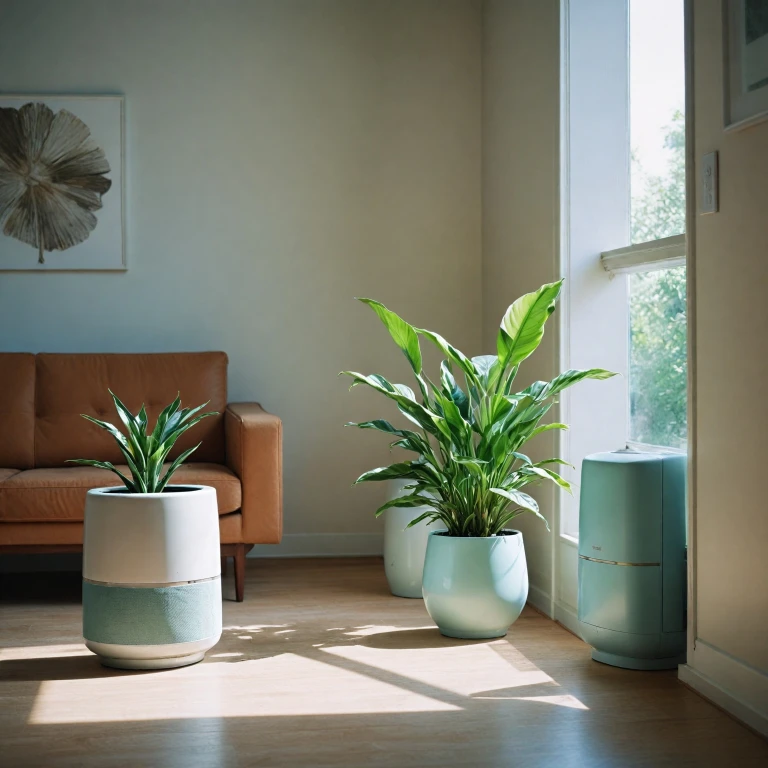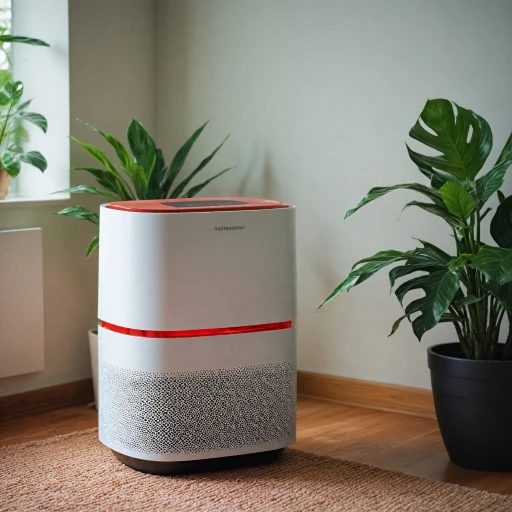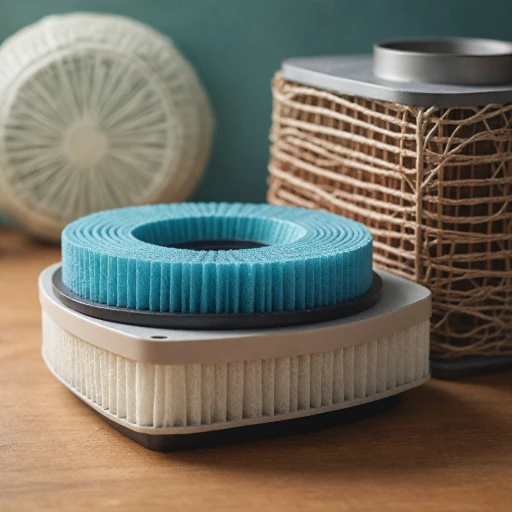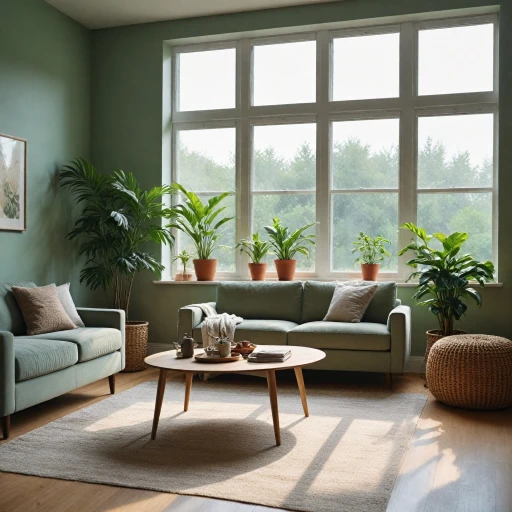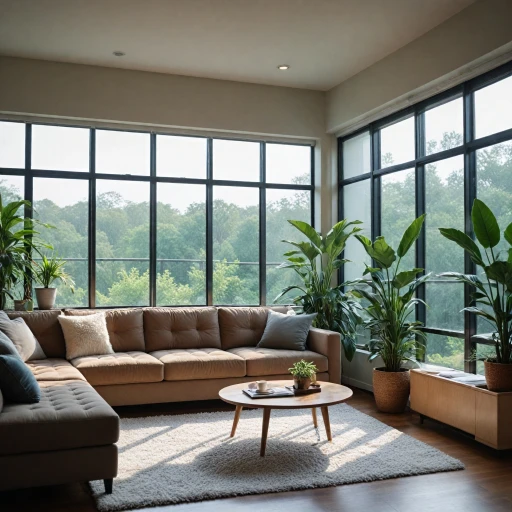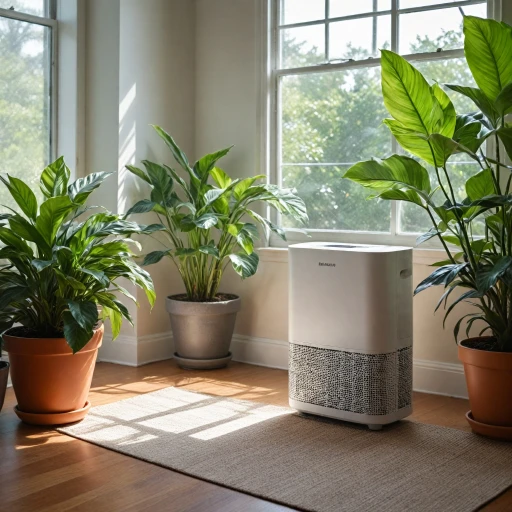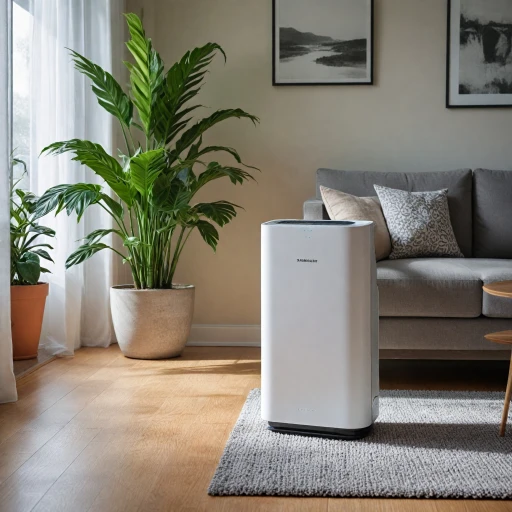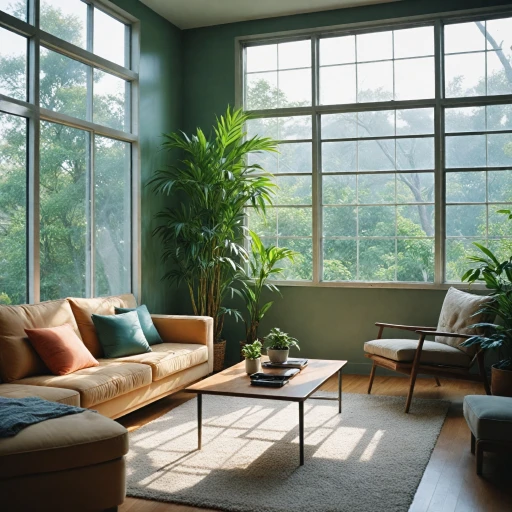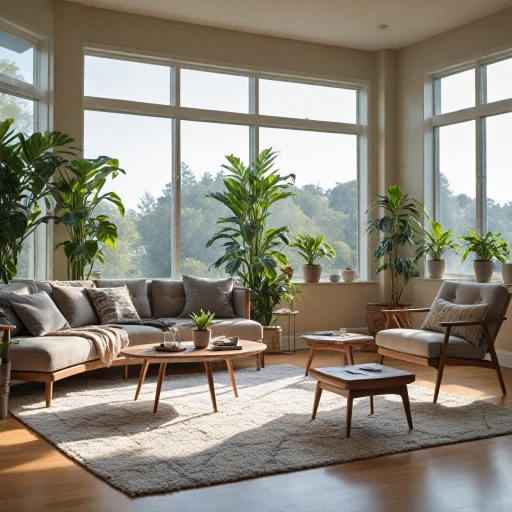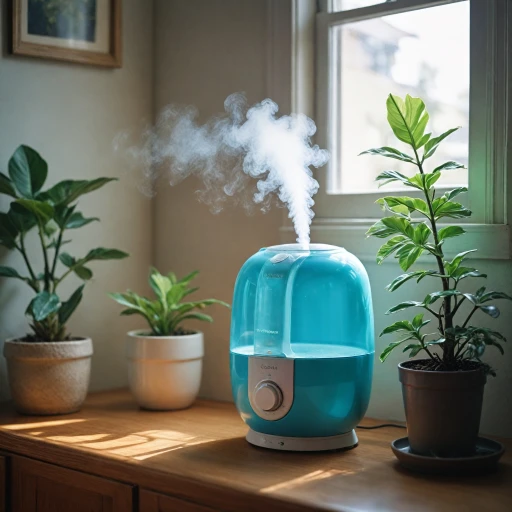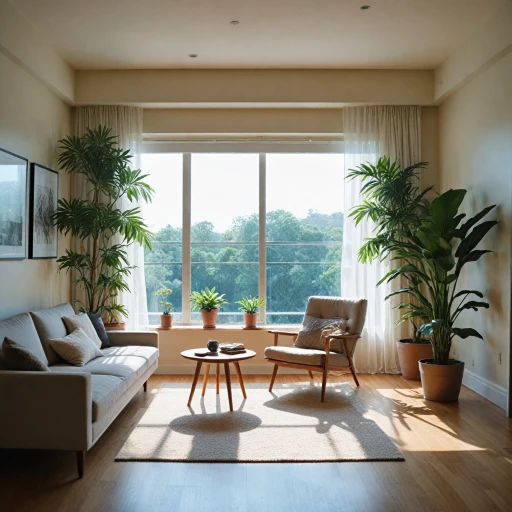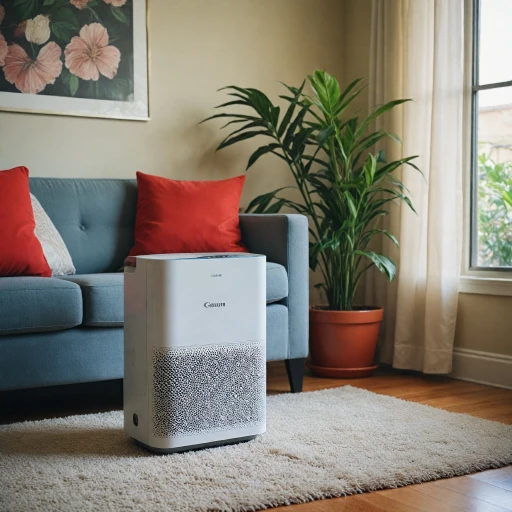
Understanding How Air Purifiers Work
Mechanics Behind the Flow: Air Purifiers Unpeeled
Air purifiers play a pivotal role in enhancing indoor air quality, offering a breath of fresh air amidst the haze of pollutants. These systems are fundamentally designed to capture and neutralize airborne particles, making your living space healthier. But how exactly do they achieve this? Most air purifiers employ filters to trap particles. High-Efficiency Particulate Air (HEPA) filters are among the most effective, capable of capturing up to 99.97% of particles as small as 0.3 microns. This includes dust, pollen, pet dander, and even some bacteria and viruses. Some systems incorporate activated carbon filters, which excel at removing odors and gases. Aside from filters, there are air purifiers that rely on technologies such as ozone generators and negative ionizers. Ozone generators, while effective at neutralizing odors, release ozone—a gas that, in high concentrations, can be harmful to health. Negative ionizers, on the other hand, charge air particles, causing them to fall from the air, but the longevity of their benefits and potential side effects are worth considering. Portable air cleaners offer the convenience of mobility, allowing you to position them where they are needed most. These units often combine multiple filtration technologies to ensure comprehensive cleaning. When selecting the right system, consider the size of the area, the pollutants you are most concerned about, and the specific features of the system. Understanding your air purifier's specifications and the implications of its technologies is crucial. Whether dealing with asthma or simply striving for cleaner air, these devices can significantly improve indoor air quality when used correctly. For further insights, such as the importance of the red button on your air purifier, explore this detailed guide.Common Concerns About Air Purifiers
Exploring Concerns Around Air Purifiers
Air purifiers are often hailed as essential tools for improving indoor air quality, but they aren't without their share of concerns. While these devices can effectively remove pollutants like dust, pollen, and pet dander, there are some common apprehensions that potential users should be aware of.
Potential Ozone Emission
One of the primary concerns revolves around ozone emission. Some air purifiers, especially ozone generators, can release ozone as a byproduct. Ozone can be a lung irritant and may exacerbate asthma symptoms or other respiratory issues. It's crucial to differentiate between purifiers that emit ozone and those that don't, such as HEPA air purifiers, which rely on filters to trap particles.
Filter Efficiency and Maintenance
Another concern is the efficiency and maintenance of filters. HEPA filters are known for their ability to capture small particles, including dust mites and smoke. However, their effectiveness diminishes if not replaced regularly. Users should ensure that filters are changed according to the manufacturer's guidelines to maintain optimal air quality.
Negative Ions and Health
Some air purifiers use negative ion technology, which can help in settling particles out of the air. However, there is debate over whether negative ions can have adverse health effects. While they may contribute to a cleaner environment, it's essential to weigh the benefits against potential risks.
Understanding the Impact on Health
For those concerned about potential health impacts, it's worth exploring how different air purifiers work and their specific features. For instance, understanding the benefits of a taped zipper in air purifiers can provide insights into how these devices are designed to minimize leaks and enhance efficiency.
Ultimately, while air purifiers can significantly improve indoor air quality, it's important to choose the right type and use them correctly to avoid any unintended health issues.
Can Air Purifiers Cause Health Issues?
Potential Health Implications of Air Purifier Use
It's important to evaluate whether air purifiers, despite their widespread reputation for improving indoor air quality, might inadvertently cause health issues. This can particularly arise in certain circumstances and with specific types of air cleaning technology. Understanding how air purifiers work involves noting that these devices filter out dust, pollen, and other particles, contributing significantly to clean air environments. However, some purifiers use technologies that can impact air quality differently.- Ozone Generation: Firstly, ozone generators are a category that raises health concerns. While designed to combat pollutants and airborne particles, they produce ozone, a respiratory irritant that can exacerbate asthma and other lung conditions. This is especially concerning in indoor environments where ventilation may be limited.
- Negative Ion Generators: These systems emit negative ions that attach to particles, making them easier to capture. While this system helps filter pollutants, there is a concern that these negative ions can trigger respiratory discomfort for some users, potentially making people feel unwell.
- Hepa Filters Effectiveness: Employing HEPA filters is usually a safer alternative, as they excellently trap dust pollen, pet dander, and other allergens. However, it is crucial to regularly maintain and replace these filters to prevent the buildup of germs and dust mites, which may negate their clean air benefits.
Identifying Symptoms Linked to Air Purifiers
Recognizing Physical Reactions to Air Purifier Use
When it comes to indoor air quality, many turn to air purifiers with the expectation that they will enhance health by removing pollutants such as dust, pet dander, and smoke. However, reports of symptoms linked to air purifier usage have emerged, raising questions about potential adverse effects. Indoor air quality plays a significant role in health, and while air purifiers are designed to create a clean air environment, certain reactions might suggest that something is amiss.- Possible Symptoms: Users sometimes report mild to moderate symptoms such as headaches, respiratory irritation, and allergy-like symptoms like sneezing and itchy eyes. These can arise when the air system releases ozone or when filters are not maintained properly.
- Investigating the Cause: Ensure that the purifier in use does not generate ozone—a concern often associated with ionizing purifiers. Ozone can irritate the lungs and exacerbate asthma symptoms.
- Asthma and Respiratory Concerns: Individuals with pre-existing conditions might find that their sensitivity to indoor air changes when using specific purifiers, especially models that produce negative ions or ozone.
- Maintenance Matters: Regularly replacing HEPA filters and cleaning the air purifier is crucial. A neglected filter can become a source of indoor pollutants rather than a defense against them.
Safe Usage Tips for Air Purifiers
Tips for Safe and Effective Air Purifier Use
- Ensure Proper Placement: Position your air purifier in a central location where it can efficiently circulate and clean the air. Keep it away from walls or furniture to maximize airflow.
- Select the Right Model: Opt for an air purifier that matches your specific needs. Whether you're addressing dust, smoke, pet dander, or particles from allergens such as pollen, a model with a HEPA filter is often recommended for its ability to capture small particles.
- Monitor Filter Status: Previously discussed concerns highlighted the importance of filter maintenance. Regularly check your purifier's filter and replace it as needed to ensure optimal air quality. A clogged HEPA filter won't maintain clean air effectively.
- Be Cautious with Ozone Generators: Although marketed as air treatments, they can emit ozone, which may aggravate respiratory issues like asthma. If using one, follow the manufacturer's guidelines to mitigate any potential health risks.
- Avoid Overuse: While purifiers help in improving indoor air quality, operating them 24/7 in a sealed environment might create unintended issues. Incorporate periods for natural ventilation, allowing fresh air to circulate.
- Utilize Additional Precautions: Complement your purifier with measures such as vacuuming with a HEPA-equipped cleaner to manage dust mites, maintaining air filters for your HVAC system, and reducing indoor pollutants like tobacco smoke.
Alternatives and Complementary Solutions
Exploring Alternatives and Complementary Solutions for Cleaner Air
While air purifiers can significantly improve indoor air quality by filtering out dust, pollen, and other pollutants, they are not the only solution available. Depending on your specific needs and concerns, you might want to consider other methods or use them in conjunction with purifiers to enhance the air you breathe.
Natural Ventilation and Indoor Plants
One of the simplest ways to improve air quality is by increasing natural ventilation. Opening windows and doors can help circulate fresh air, reducing the concentration of indoor pollutants. Additionally, certain indoor plants are known for their ability to absorb toxins and release oxygen, contributing to a healthier indoor environment.
Regular Cleaning and Maintenance
Regular cleaning is essential to minimize dust, pet dander, and other particles. Vacuuming with a HEPA filter vacuum cleaner can effectively capture dust mites and other allergens. Don’t forget to clean air purifier filters regularly to ensure they are working efficiently.
Considerations for Ozone Generators and Ionizers
Some air purifiers use ozone generators or negative ion technology. While they can be effective in certain contexts, they may also pose health risks if not used correctly. It’s crucial to understand how these systems work and whether they are suitable for your environment. Research and consult experts if necessary to avoid potential issues.
Advanced Air Filtration Systems
For those seeking more robust solutions, advanced air filtration systems might be worth exploring. These systems often incorporate multiple stages of filtration, including HEPA filters, to tackle a wider range of pollutants. They are particularly beneficial in commercial settings or homes with specific air quality challenges.
By combining these strategies with the use of air purifiers, you can create a comprehensive approach to maintaining clean air and promoting better health indoors.
